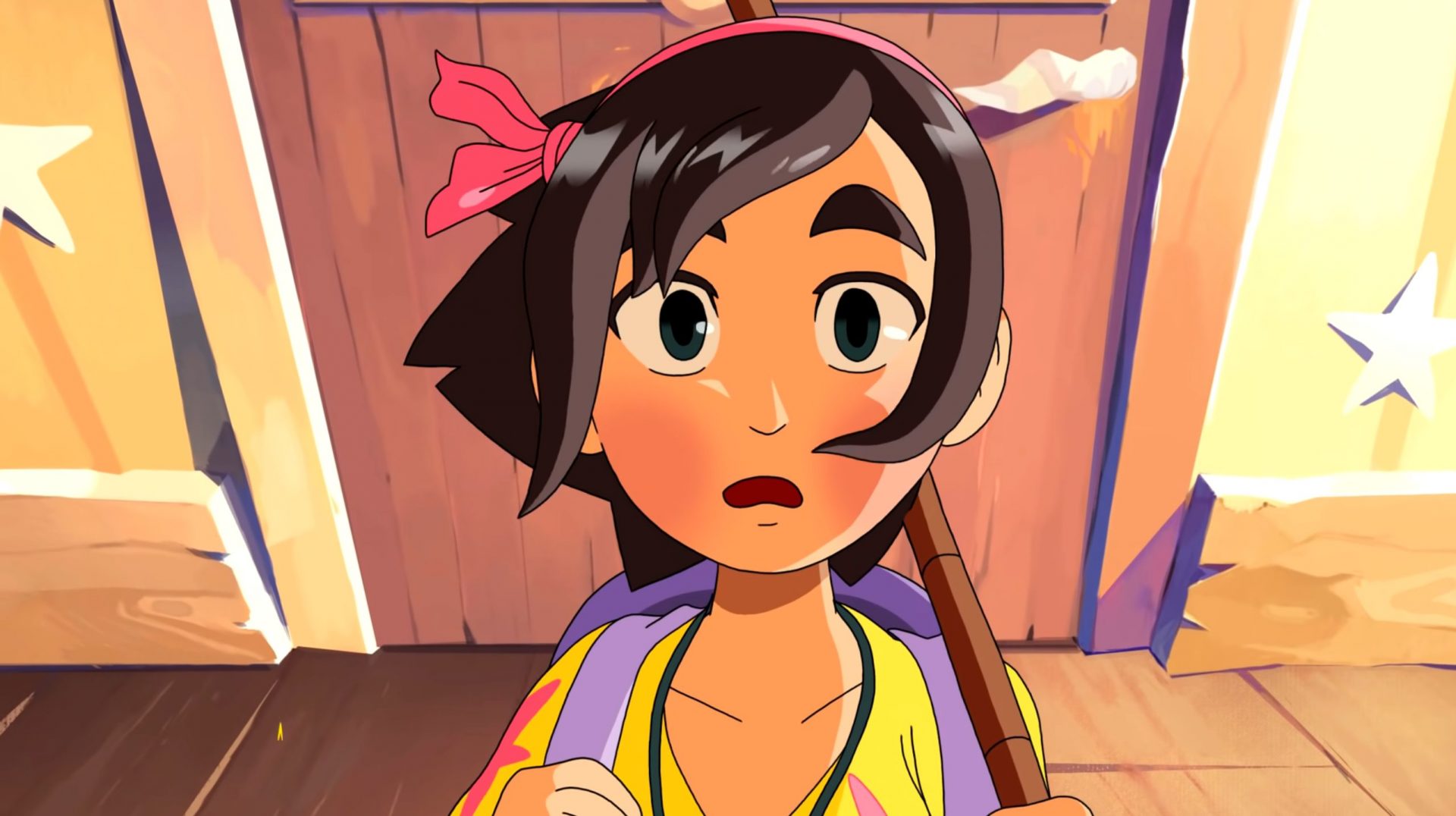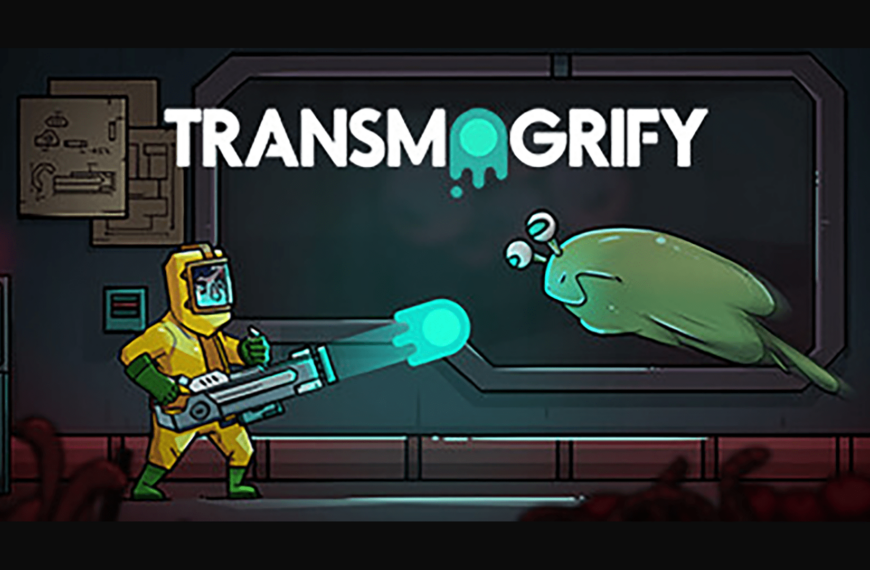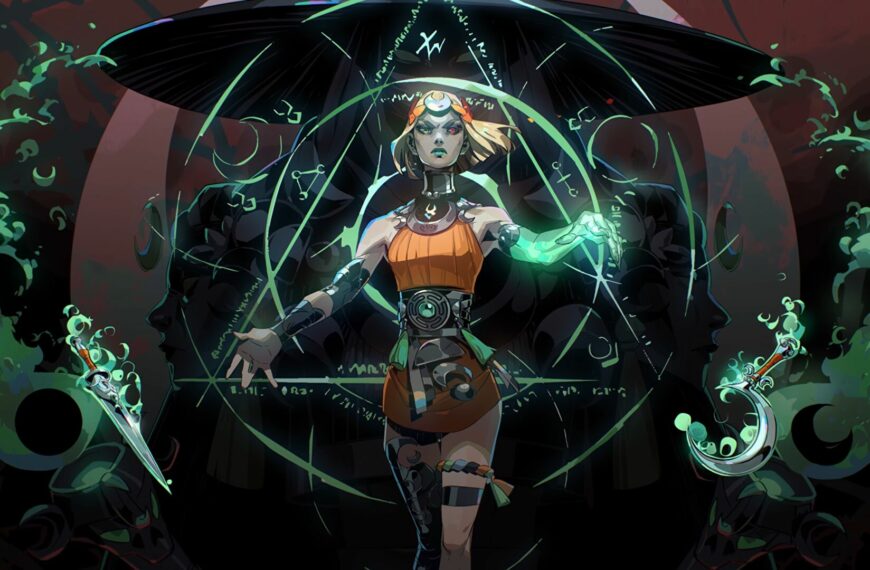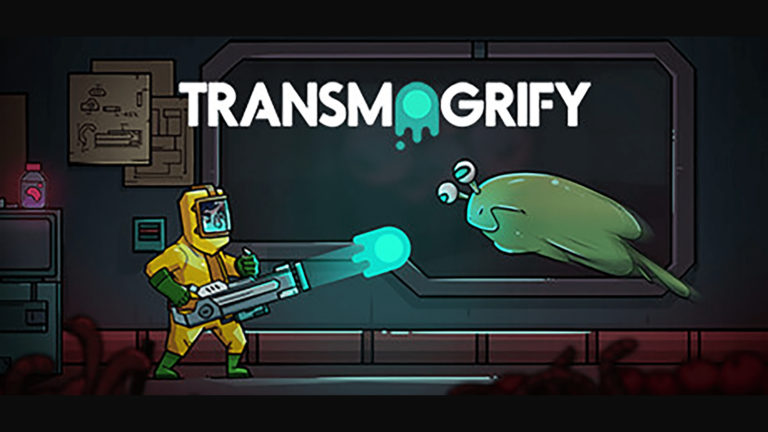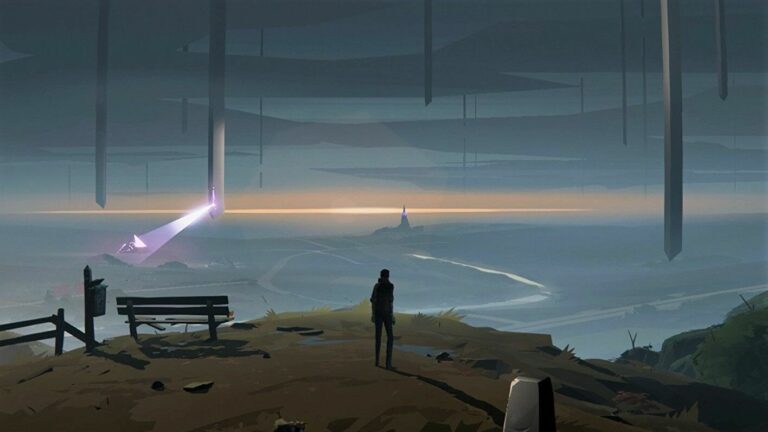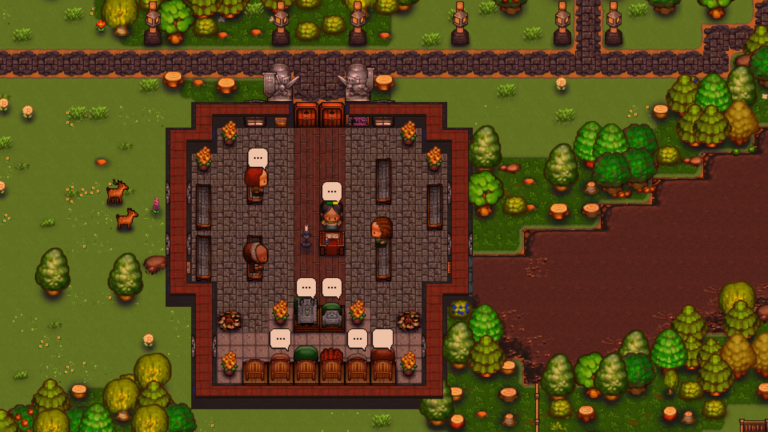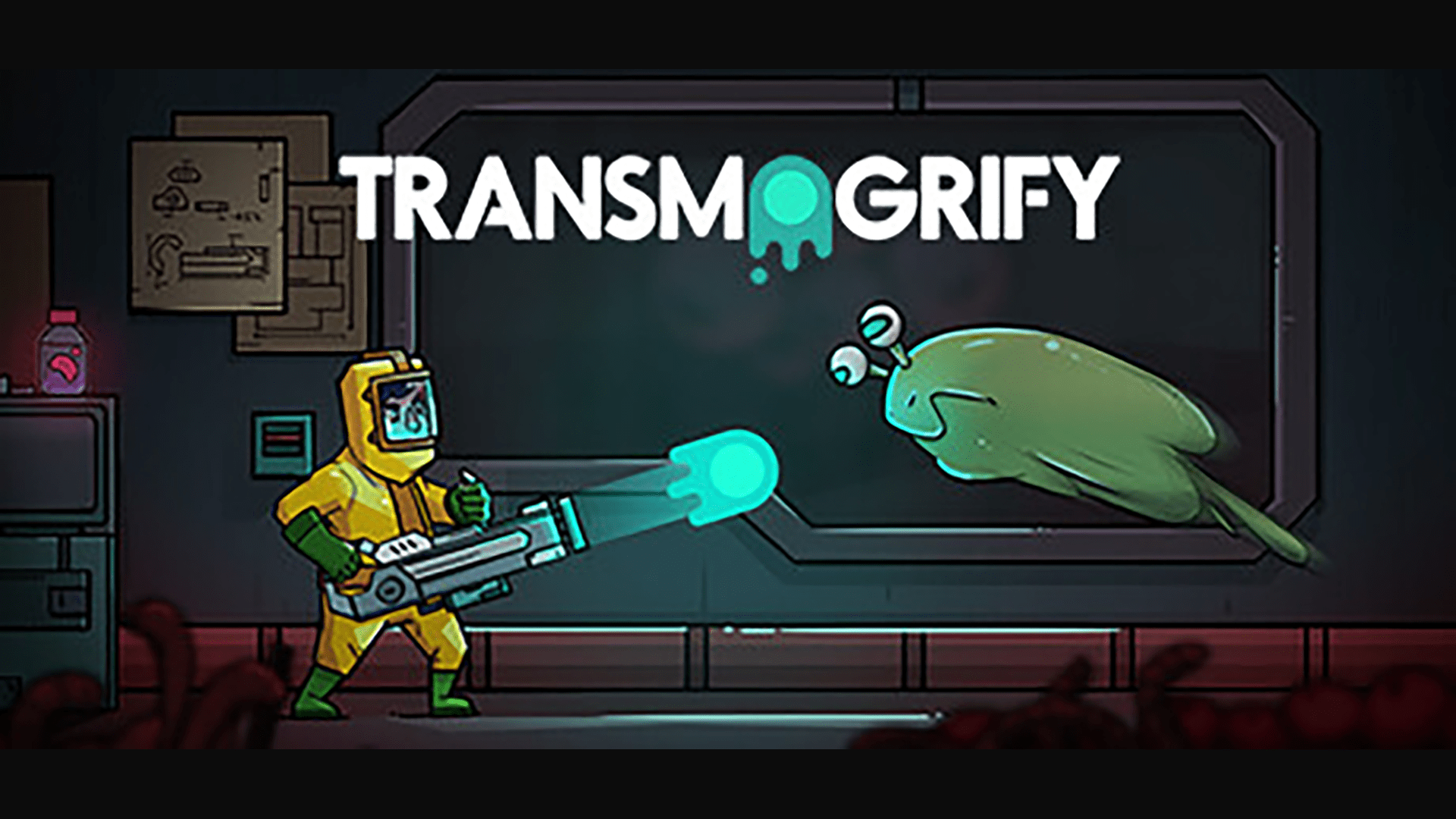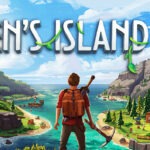You know, I’ve always had this fascination with the ocean. Depending on where you are in the world, it’s a different shade of blue. The sound of waves crashing against the shore is one of the most relaxing things in the world. There’s a reason that beaches are so popular a destination around the globe. You can see to the end of the world, where the sky meets the horizon. There’s just something captivating about the idea of taking a boat of your own and setting sail for uncharted waters, finding unknown islands. Exploring and discovering. Going wherever the wind may take you. And that’s probably why when I first stumbled across Summer in Mara’s trailer, I was so enraptured with it.
Summer in Mara is Chibig Studio’s second release, after their debut title Deiland, a story-heavy farming game inspired by Antoine de Saint-Exupery’s The Little Prince, where you farm, craft, and/or cook things to give to the people who visit your tiny planet. By contrast, Summer in Mara is a farming game where you farm, craft, and/or cook things to give to the people who you visit in your tiny boat. So it’s good to see that they’re firmly in their comfort zone. And it shows. As someone who played Deiland, I can see every improvement Summer in Mara makes over its predecessor. And I suspect Chibig feels the same way, seeing as they’ve pulled Deiland off of the marketplace in anticipation of its remastered version, Deiland Pocket Planet, coming out later this month.
Also Read
Transmogrify PC Review: The Best Way To Defeat An Enemy
Transmogrify is a game with a strong central idea let down by a shoddy execution resulting in an experience that is…
Defy the Gods as a Witchy Moon Goddess in Hades 2
Supergiant announces Hades 2 for 2023 at the 2022 Game Awards. The sequel promises dark sorcery, witchery, and more frenetic roguelike…
In Summer in Mara, you play as a young girl named Koa, who likes people and hates shoes. She lives on a tropical island in the ocean of Mara on a distant planet. After being the sole survivor of a shipwreck, she is rescued and adopted by a local slug woman who raises her on her private island. After a brief timeskip following the tutorial, Koa is double-orphaned when her caretaker passes away. Then one day, a clam girl washes up on the beach. Koa, setting the tone for the rest of the game, immediately befriends the girl, and they set out on a journey to save Mara from the looming threat of a Captain Planet villain, out to make a profit by polluting Mara’s oceans with their NFT servers or something.
What’s interests me most about Summer in Mara is how it seamlessly loops two different kinds of gameplay. As stated earlier, this is a farming game. Koa’s home island features fertile farmland as well as a handful of orange trees, so she doesn’t get scurvy. Unlike Stardew Valley or similar games, there isn’t a way you can designate your own plots of farmland. Koa will only plant crops in the premade farm right in front of her house. This puts a hard limit on just how many different crops you can grow at once. However, if you want more trees, you can plant those just about everywhere. Koa will also eventually have the ability to repair some of the island’s structures, allowing her to raise pigs, sheep, and chickens.
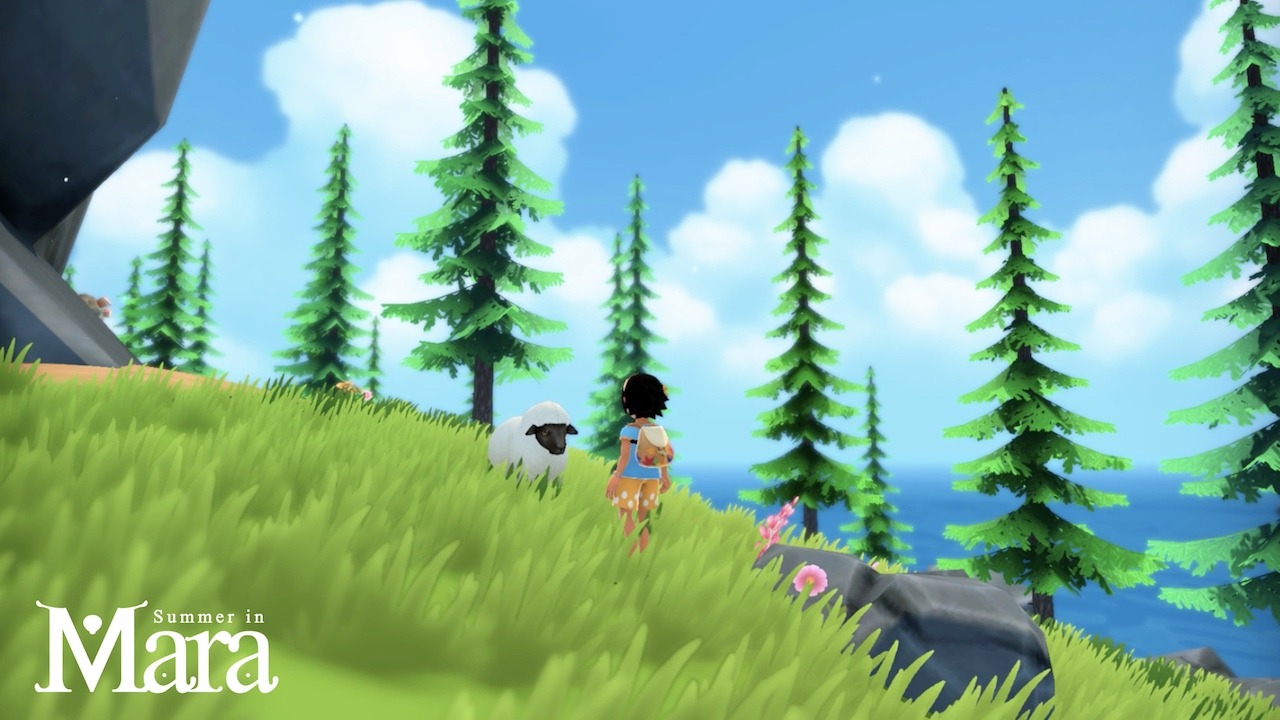
Using the things you grow and acquire from your animals (Don’t worry, you don’t kill any of them. Pigs are used to find truffles), Koa can take these materials and craft them together. Use some cotton to make string. Cook some carrots together into a stew. Get milk from sheep. You know. The basic stuff. You can also cut down trees for wood, like in every game with crafting ever, and use that wood to upgrade your home island.
You see, the biggest twist on the standard crafting/survival formula that Summer in Mara makes is that you don’t have tool progression. Or at least, you don’t get to actively work towards your tool progression. You earn new tool recipes as your progress through the game’s story. Your tools also never degrade. There’s no durability to any of your equipment. The advantage of having the later game tools is what that you can interact with more of the environment. Some of the rocks blocking off your usable farmland, for example, can’t be smashed with the starting hammer. So progressing gives you access to more efficient resource gathering.
Koa has her own little boat that you use to get around just about everywhere. You can sail freely with it and park wherever you want. Initially, you can’t travel very far from the central island, but as you progress the story, you upgrade your boat and reach further and further across the ocean of Mara. Sailing isn’t quite seamless. The map is divided into a grid, with the edge of each square taking you to the adjacent square. You can also use the boat to at any time return to the game’s central hub island, a feature that makes it much easier to complete the odd jobs given to you by the inhabitants of that central island.
The ocean of Mara is filled with a wide diversity of people and places to explore. While only the central island has an actual town, you can find quite a few people who live across the various islands. There are places you can fish, with different fish native to different regions of Mara. There are places that you never need to visit for the story but are interesting to see. The blacksmith’s giant robot comes to mind. There are also several hundred crab postmen who apparently got lost delivering their letters. There’s also crates of random resources Koa can collect by ramming them with her boat, which is how I assume all boats collect floating cargo.
All of this forms Summer in Mara’s central loop. You go out sailing, collect new seeds, fruits, and crafting recipes. You meet people who need something and come back to your home island. You use what you acquired on your voyage to upgrade your farm, then use your farm to bring them what they asked you for.
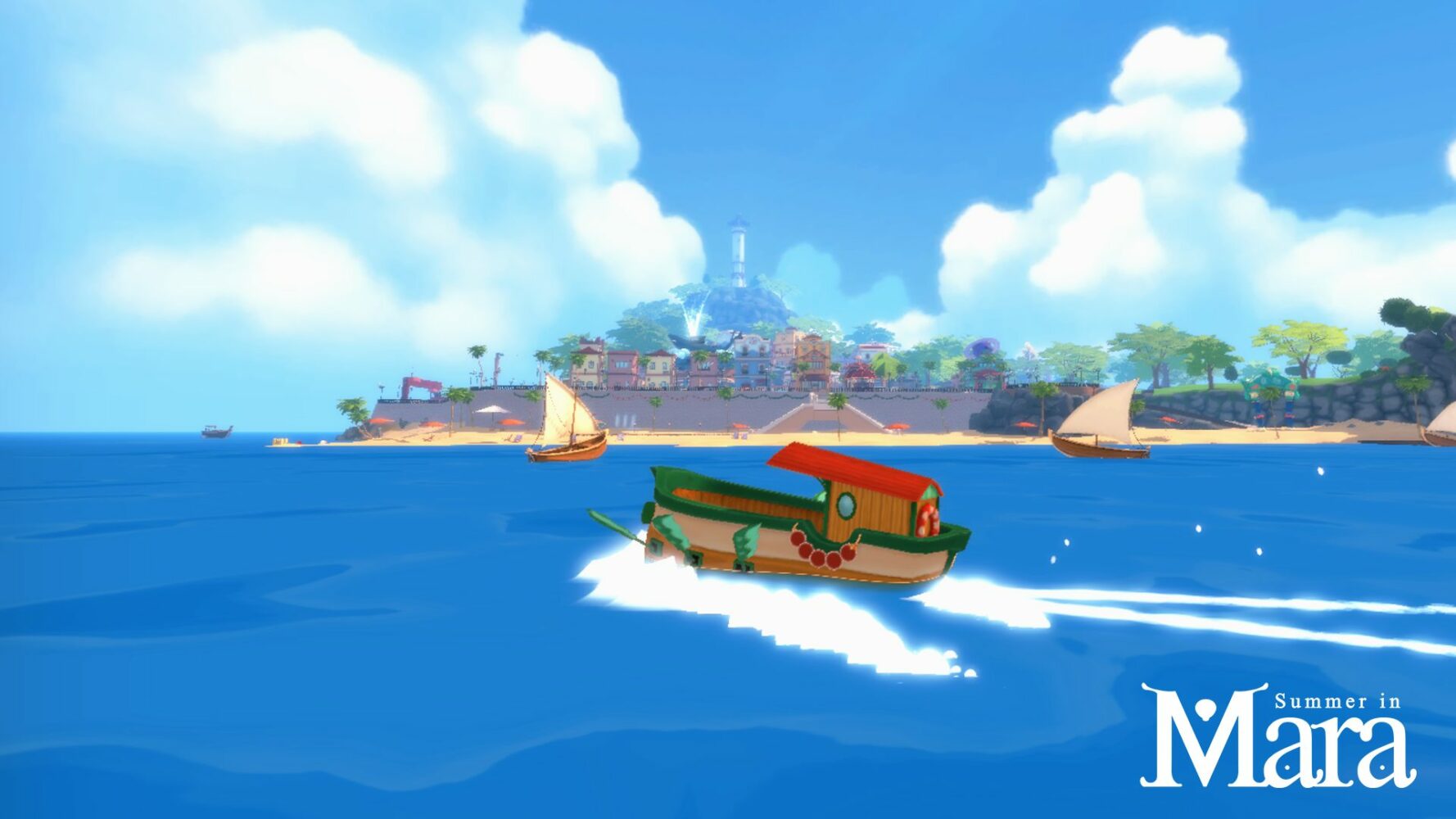
Speaking of meeting people, let’s talk about the quest system. Basically, every character you meet in Summer in Mara has their own questline of varying lengths. Some are short. Some are long. But one thing is certain. It’s a fetch quest. (Almost) every objective in Summer in Mara is some form of fetch quest. What you’re fetching and where you’re taking it is the only thing that changes. Koa is equal parts delivery girl and messenger for everyone else. Generally, someone needs something that you have to grow, craft, or cook using the things you find lying around Mara or on your home island. Of course, there are shops as well, and if you’re lucky you can snag a needed item from there instead.
Now it may sound like building a game entirely around fetch quests would be tedious and boring. And normally, I would agree with you, but Summer in Mara does it so well I can’t even complain. Multitasking is straightforward since you can simply run around and pick up every new quest at once to complete them in batches. And while you can’t cook or craft just anywhere, Chibig patched in additional cooking and crafting stations on the central hub island, where most of the characters live. I completed the game before that patch went live and never had an issue, but if you don’t like the idea of going all the way to home island and back all the time, keep that in mind.
Summer in Mara is just comforting. That’s the best word I can describe it with. The main music is bright and cheerful, as are most of the character themes. Oh, yes, every major character has their own theme that plays when you interact with them. Even Koa’s caretaker, if you visit Koa’s shrine to her. The game has no combat, even when dealing with pirates or galactic capitalists. Most of the cast are open and friendly to Koa. It feels a lot like playing through the events of a children’s movie. If you’re determined and clever, you can save the world with nothing but a good heart and a small farm.
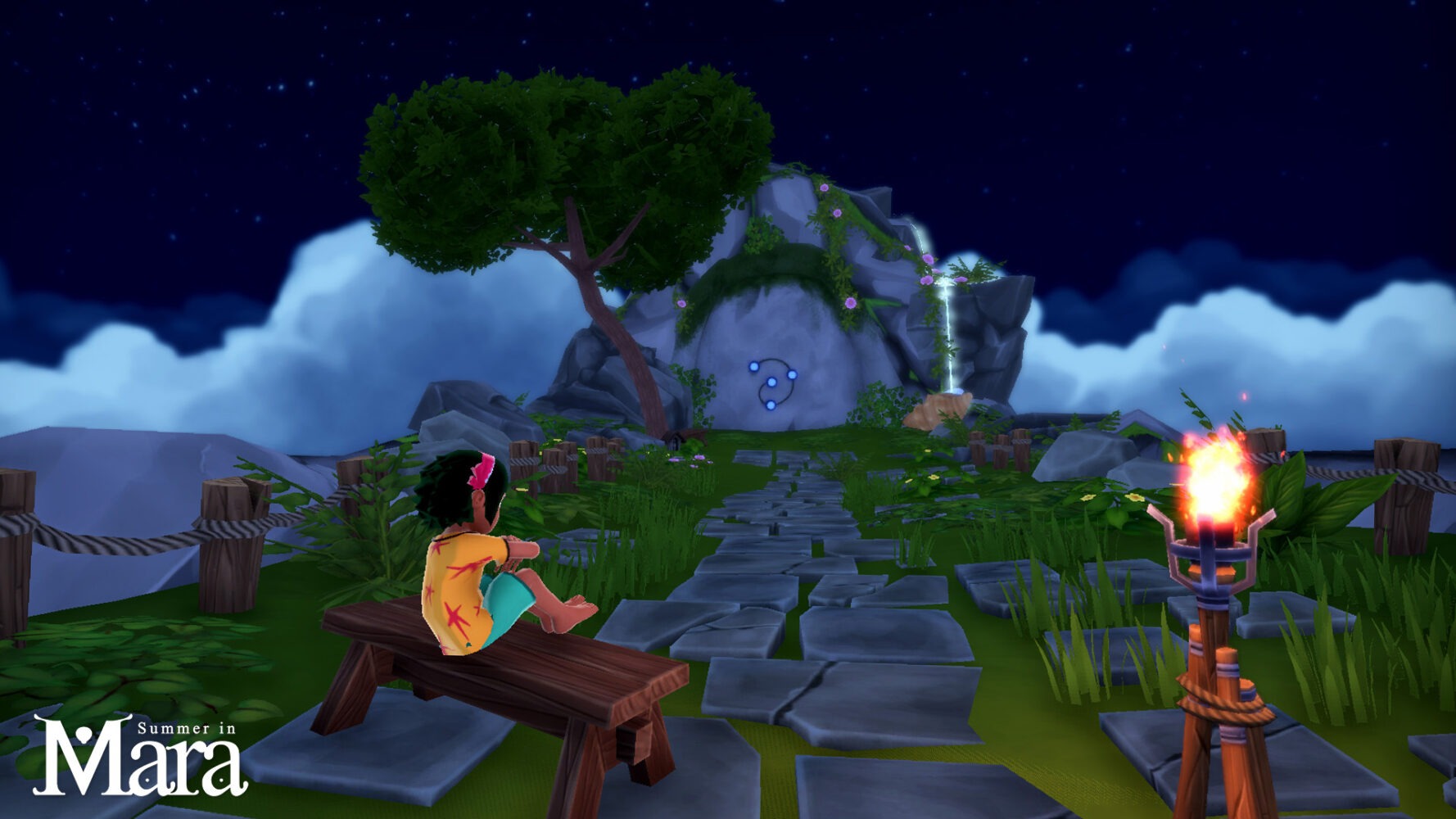
All in all, Summer in Mara is a wholesome game about sailing and farming. It’s relaxing and adorable. The character writing is excellent, and the story is packed with emotion. There are improvements that could be made with some elements of the presentation. Koa is just about the only character with any animations, for example. Everyone else just stands in one place unmoving, which works fine for merchants, less fine when someone is attempting to physically stop Koa from thwarting their sinister plans and someone else holds them back so Koa can run ahead, and all of this has to be expressed via dialogue. But if you’re willing to overlook the moments like that, the vast majority of the game is simply a delight.
Now if you excuse me, I need to go prepare myself to be emotionally devastated by Deiland again before the Pocket Planet version releases.

